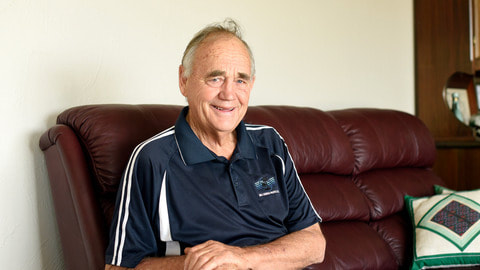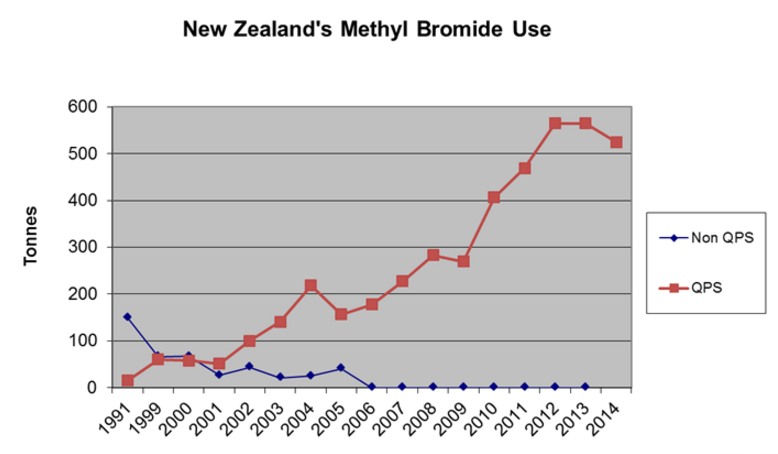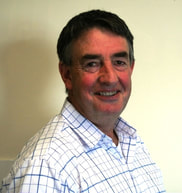| Mark Greenwood of Te Puke was awarded the New Zealand honour of Officer of the New Zealand Order of Merit in the 2016 Queen's Birthday Honours. Mark was a founder of STIMBR. Mark Greenwood has developed a highly respected reputation in the international biosecurity community as an expert in fumigation and helping to position New Zealand as a global leader in this field. Mark Greenwood is the owner and Managing Director of Genera Limited, 100% New Zealand family-owned business which provides biosecurity treatments. Genera was the first company to offer fumigant recapture in New Zealand and also pioneered the world’s first use of in-transit fumigation of log ships using phosphine gas, which has saved thousands of tonnes of methyl bromide from being released into the atmosphere. He has overseen the introduction of several other alternative forms of biosecurity treatment such as cylinderised phosphine and chemical-free heat treatment. He instigated the formation of STIMBR (Stakeholders in Methyl Bromide Reduction), an action group set up to research alternatives to methyl bromide. He is also the New Zealand representative of the International Maritime Fumigation Organisation. Through Genera Mark Greenwood sponsors pest control for 10 hectares of Stewart Island. |
|
1 Comment
|
AuthorWelcome to STIMBR's news section. Archives
June 2021
Categories |




 RSS Feed
RSS Feed
